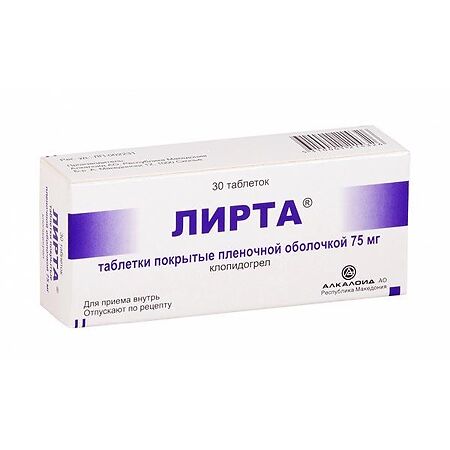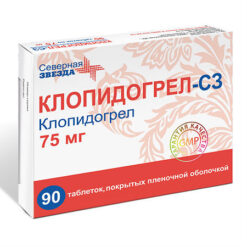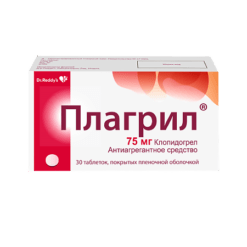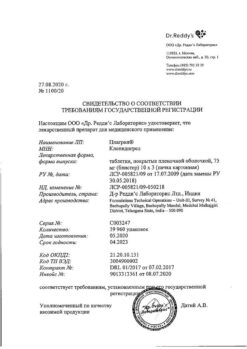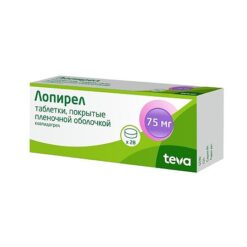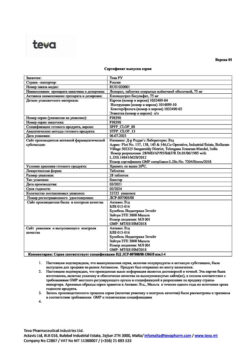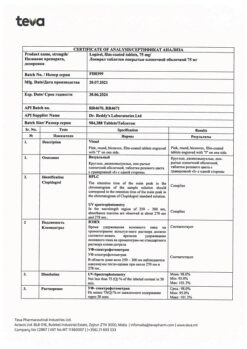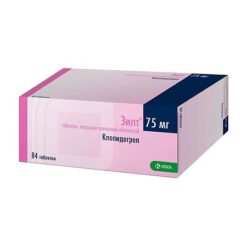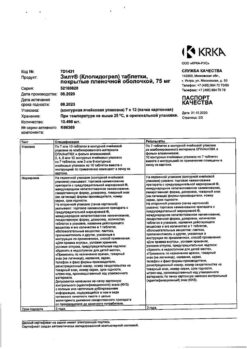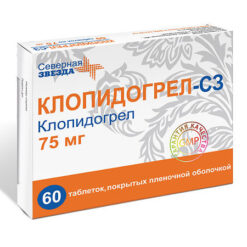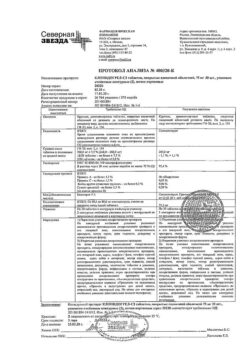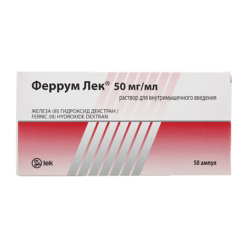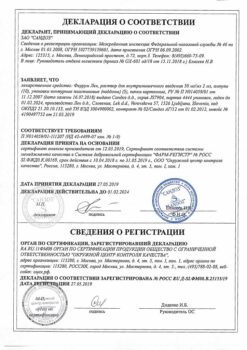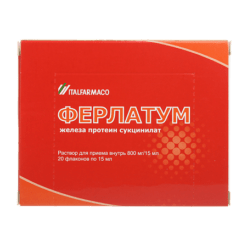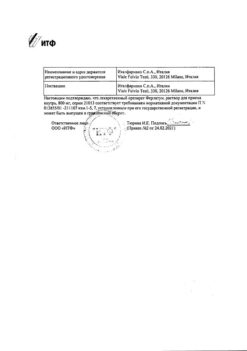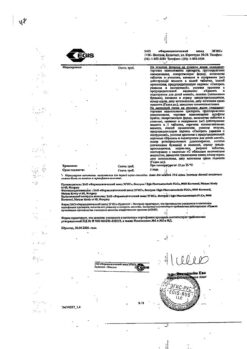No products in the cart.
Lirta, 75 mg 30 pcs
€1.00
Out of stock
(E-mail when Stock is available)
Description
Clopidogrel is rapidly absorbed from the gastrointestinal tract after an oral dose of 75 mg. However, plasma concentrations increase only slightly and do not reach detectable levels (0.025 µg/L) 2 hours after ingestion.
It is extensively metabolized in the liver. The main metabolite is an inactive carboxylic acid derivative and constitutes about 85% of the initial substance circulating in plasma. Cmax of this metabolite in plasma after repeated administration of clopidogrel is about 3 mg/l and is observed approximately 1 hour after administration.
The pharmacokinetics of the main metabolite is characterized by a linear dependence in the dose range of clopidogrel 50-150 mg.
Clopidogrel and the main metabolite irreversibly bind to plasma proteins in vitro (98% and 94%, respectively). This binding remains unsaturated in vitro over a wide range of concentrations.
After oral administration of C-labeled clopidogrel about 50% of the administered dose is excreted in the urine and approximately 46% in the feces within 120 hours. T1/2 of the main metabolite is 8 hours.
In comparison with healthy young volunteers, plasma concentrations of the main metabolite are significantly higher in elderly patients (aged 75 years and older), with no changes in platelet aggregation or bleeding time.
In severe kidney disease (CKR 5-15 ml/min), plasma concentrations of the main metabolite are lower than in moderate kidney disease (CKR 30-60 ml/min) and in healthy volunteers.
While the inhibitory effect on ADP-induced platelet aggregation was decreased compared to that in healthy volunteers, bleeding time increased to the same extent as in healthy volunteers.
Pharmacodynamics
A platelet aggregation inhibitor. Selectively inhibits binding of adenosine diphosphate (ADP) to platelet receptors and activation of GPIIb/IIIa complex, thus inhibiting platelet aggregation. It also inhibits platelet aggregation caused by other agonists through blockade of increased platelet activity by released ADP.
It does not affect the activity of FDE.
Clopidogrel irreversibly alters ADP receptors on platelets, so platelets remain dysfunctional throughout their “life,” and normal function is restored as they are refreshed (after approximately 7 days).
Clinical pharmacology
Antiplatelet agent.
Indications
Indications
Trombotic complications in patients with myocardial infarction, ischemic stroke, peripheral artery occlusion.
Thrombotic complications in acute coronary syndrome, unstable angina, myocardial infarction without Q tooth.
Trombotic and thromboembolic complications, including stroke, in atrial fibrillation (atrial fibrillation).
Active ingredient
Active ingredient
Composition
Composition
How to take, the dosage
How to take, the dosage
Interaction
Interaction
Concomitant use with NSAIDs (including naproxen) increases the risk of gastrointestinal bleeding.
Concomitant use with acetylsalicylic acid may increase the antiaggregant effect.
As clopidogrel may inhibit the activity of CYP2C9 isoenzyme, concomitant use with the drugs metabolized with participation of this isoenzyme (including phenytoin, tolbutamine) should not exclude increase of their concentrations in plasma.
Special Instructions
Special Instructions
In case of symptoms of excessive bleeding (bleeding gums, menorrhagia, hematuria) a study of the hemostatic system (bleeding time, platelet count, tests of platelet functional activity) is indicated. Regular control of laboratory indexes of liver functional activity is recommended.
To use with caution concomitantly with warfarin, heparin, NSAIDs, long term – with acetylsalicylic acid, since the safety of this use has not been conclusively established.
The effect of clopidogrel on driving and operating machinery has not been established.
Contraindications
Contraindications
Acute bleeding (including peptic ulcer or intracranial hemorrhage), severe hepatic insufficiency, pregnancy, lactation (breast-feeding), childhood and adolescence under 18 years, hypersensitivity to clopidogrel.
With caution use clopidogrel with increased risk of bleeding due to injury, surgical interventions, hemostasis disorders. In planned surgical interventions (if antiaggregant effect is undesirable) clopidogrel should be discontinued 7 days before surgery.
With caution, use clopidogrel in patients with severe liver dysfunction in which hemorrhagic diathesis may occur.
Side effects
Side effects
Blood coagulation system disorders: often – bleeding; infrequently – prolongation of bleeding time.
Digestive system disorders: very common – gastrointestinal bleeding, diarrhea, abdominal pain, dyspepsia; infrequent – gastric and duodenal ulcer, vomiting, nausea, constipation, abdominal bloating; rare – retroperitoneal bleeding; very rarely – gastrointestinal bleeding and retroperitoneal hemorrhage with fatal outcome, pancreatitis, colitis (including nonspecific ulcerative colitis or lymphocytic colitis), stomatitis, acute liver failure, hepatitis, abnormal liver function parameters.
Hematopoietic system: infrequent – thrombocytopenia, leukopenia, eosinophilia; rare – neutropenia, including severe neutropenia; very rare – thrombotic thrombocytopenic purpura, aplastic anemia, pancytopenia, agranulocytosis, severe thrombocytopenia, granulocytopenia, anemia.
Nervous system disorders: infrequent – intracranial hemorrhage (several cases with lethal outcome have been reported), headache, paresthesia, dizziness; very rare – disorders of taste perception, hallucinations, confusion.
Senses: infrequent – ocular hemorrhages (conjunctival, in the tissue and retina); rarely – vertigo.
Cardiovascular system disorders: very rarely – vasculitis, decreased blood pressure.
Respiratory system: frequently – nasal bleeding; very rarely – bleeding from the airways (hemoptysis, pulmonary hemorrhage), bronchospasm, interstitial pneumonia.
The immune system: very rare – serum sickness, anaphylactoid reactions.
Skin and subcutaneous tissue: frequently – subcutaneous bruising; infrequently – rash, itching, purpura (subcutaneous hemorrhage); very rarely – bullous dermatitis (toxic epidermal necrolysis, erythema multiforme) angioedema, erythematous rash, urticaria, eczema, lichen planus.
Muscular system disorders: very rarely – bleeding of muscles and joints, arthritis, arthralgia, myalgia.
Arenal system disorders: infrequent hematuria; very rare – glomerulonephritis, increased concentration of creatine in blood.
Others: often – bleeding from the site of vascular puncture; very rare – fever.
Overdose
Overdose
Similarities
Similarities
Additional information
| Manufacturer | Alkaloid AD Skopje, Republic of Northern Macedonia |
|---|---|
| Medication form | pills |
| Brand | Alkaloid AD Skopje |
Other forms…
Related products
Buy Lirta, 75 mg 30 pcs with delivery to USA, UK, Europe and over 120 other countries.

